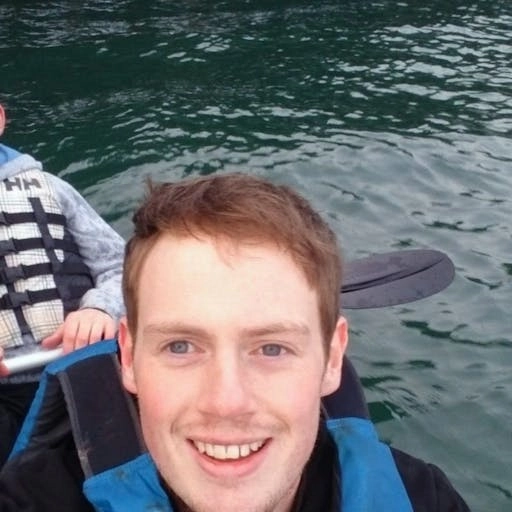Tides, the rhythmic rise and fall of the Earth's oceans, have captivated humans for centuries. Understanding tide patterns is crucial for coastal communities, maritime industries, and various scientific disciplines. Predicting tide times accurately is a challenging task that relies on a combination of astronomical factors, local geography, weather conditions, and advancing technologies. In this article, we will delve into the fascinating realm of tide prediction, exploring how it is done in the United Kingdom and worldwide, as well as the influence of weather and the advancements in technology enhancing predictions.
Astronomical Influences on Tides
The primary factor influencing tides is the gravitational pull exerted by the Moon and, to a lesser extent, the Sun. As the Earth rotates, the Moon's gravitational force causes water to bulge towards it, creating a high tide on the side of the Earth facing the Moon and another high tide on the opposite side. These are known as the lunar tides. The Sun's gravitational pull also contributes to tidal patterns, resulting in solar tides. When the Moon and Sun align, during full and new moons, their combined gravitational forces produce higher high tides, known as spring tides. When they are at right angles, during the first and last quarters, their forces partially cancel each other out, resulting in lower high tides, called neap tides.
Local Factors and Geography
In addition to astronomical influences, local factors and geography significantly affect tides. The shape and depth of coastlines, channels, and estuaries can amplify or dampen the tidal range. Narrow channels and constrictions can lead to higher tides, known as tidal bores or surges, while wide estuaries can cause tides to flatten. Coastal features such as headlands and bays also impact tide height and timing. To predict tides accurately, it is crucial to account for these local variations by using tide tables and historical data specific to each location.
For example, the Bay of Fundy in Canada and the Bristol Channel in the UK have the two highest tidal ranges in the world, facilitated by their unique geography
Weather's Impact on Tide Heights
Weather conditions, particularly atmospheric pressure and wind, can significantly affect tide heights. Low-pressure systems can cause water to "pile up" along coastlines, resulting in higher tides, known as storm surges. Conversely, high-pressure systems can suppress tides, leading to lower-than-expected water levels. Strong onshore winds can push water towards the shore, causing a local rise in sea level, while offshore winds can have the opposite effect. Precipitation, such as heavy rainfall or melting snow, can also contribute to temporary changes in tide levels by adding fresh water to coastal areas. The complex interplay between weather patterns and tides underscores the importance of considering meteorological data in tide predictions.
Technological Advancements in Tide Prediction
Over the years, advancements in technology have revolutionized tide prediction, enhancing accuracy and providing real-time information. In the UK and many other countries, tide gauges are installed along the coastlines to measure sea levels continuously. These gauges use pressure sensors, ultrasonic devices, or radar systems to record the height of the water relative to a fixed reference point. Satellite altimetry, using instruments like radar altimeters, provides a global perspective on sea surface heights. The combination of data from tide gauges and satellite altimetry allows for more comprehensive tidal models and forecasts.
Furthermore, computer models and numerical simulations have become instrumental in predicting tides. These models incorporate vast amounts of data, including astronomical factors, bathymetry (underwater topography), coastal morphology, and weather conditions. By simulating the complex dynamics of tidal movements, these models generate accurate predictions for specific locations and time frames.
The integration of these technologies, coupled with sophisticated data processing and modelling techniques, has significantly improved tide predictions. These advancements not only benefit maritime industries, coastal communities, and scientific research but also play a vital role in mitigating the risks associated with coastal flooding and navigation.
Wrapping this up
Tide prediction is a fascinating field that encompasses a multitude of factors, including astronomical influences, local geography, and weather conditions. The accurate forecasting of tide times is crucial for a wide range of activities, from coastal planning and navigation to scientific research and environmental management. As technology continues to advance, the precision and reliability of tide predictions will improve further, aiding in better preparedness for coastal communities and providing valuable insights into the dynamic nature of our oceans.

Your thoughts and comments